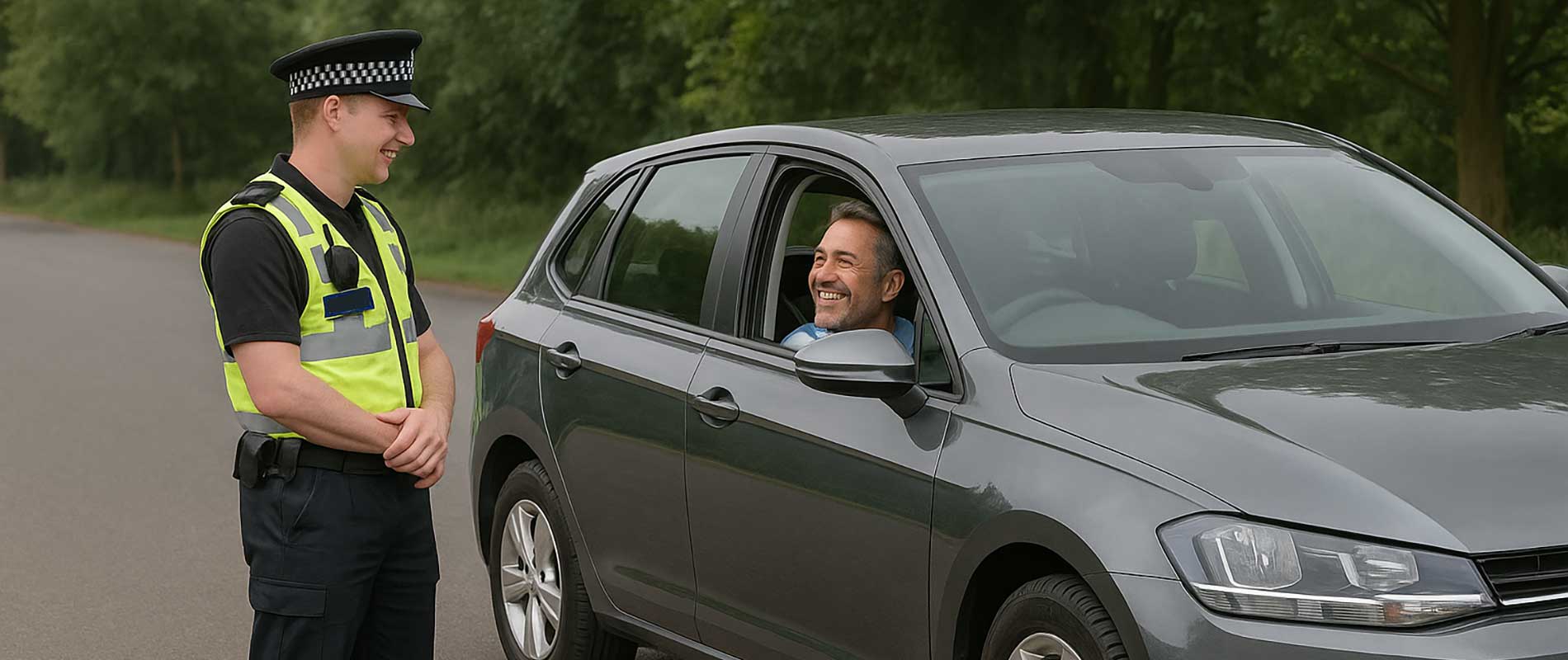Facing the road again after disqualification
When a driving ban finally ends, most people feel a mix of relief and uncertainty. You’re legally allowed back behind the wheel, but the rules have changed. Your old insurance is long gone, your record carries a mark, and you’re starting from scratch in the eyes of most insurers. Getting back on the road is possible; it just takes a little patience and the right approach.
Checking your licence status first
Before even thinking about insurance, make sure you’re legally cleared to drive. If the ban required you to reapply for your licence, don’t assume it’s automatic. Some bans require you to pass a new driving test or provide medical evidence, especially for drink- or drug-related offences. The DVLA will send instructions, but it’s worth confirming online that your licence is active and valid before driving anywhere.
Once you’ve got your licence back in hand, check that all personal details; address, name, and endorsements; are correct. Insurers will cross-check this information, and even small errors can delay or distort your quotes.
Why insurance costs more after a ban
Insurers see a disqualification as one of the clearest signs of risk. Whether it was for speeding, drink-driving, or totting up too many points, a ban tells them you’ve been off the road for a reason. So when you apply for new cover, expect higher prices than before. Some mainstream companies might refuse cover altogether, especially if the ban was recent or linked to dangerous driving.
That doesn’t mean you’re stuck. Specialist insurers and brokers exist specifically to help drivers in your position. They understand that people make mistakes, and they build policies that give you a fair chance to rebuild your record. These firms usually accept DR, DD, and TT conviction codes where others won’t.
Applying for insurance again
When you start getting quotes, be completely honest about your ban and any convictions that led to it. Insurers can check DVLA records easily, and if you try to hide the details, your policy could later be voided; leaving you uninsured when you least expect it. Declare the conviction code, the length of the ban, and the date it ended. The more transparent you are, the smoother the process will be.
Prices vary widely between providers. It’s worth comparing several convicted driver insurers rather than relying on one quote. Some may look past the ban sooner if you’ve since shown steady employment, no further offences, and a modest vehicle choice.
Keeping the costs under control
You can’t erase the ban, but you can soften its impact. Start by choosing a sensible car in a lower insurance group. Avoid modifications, limit your mileage, and keep the car parked securely at home. Opting for a black box or telematics policy can also help, as it lets insurers see your careful driving in real time and gradually reward it with lower premiums.
If you completed a rehabilitation or awareness course during your ban, mention it when applying. Some insurers see this as a positive sign and may adjust the price slightly in your favour. Every bit of evidence that you’ve changed helps.
Rebuilding trust over time
The shadow of a driving ban doesn’t last forever. As the years pass and you drive without incident, insurers slowly relax their pricing. Each claim-free year chips away at the extra cost, and eventually your record starts to look ordinary again. The key is consistency; renew on time, stay offence-free, and keep your insurer updated if your circumstances change.
Getting insured after a driving ban can feel like starting again, but it’s also a fresh beginning. You’ve got another chance to prove yourself, one careful journey at a time. Keep your record clean, drive with patience, and before long, you’ll find that the ban is just a line in your past rather than a barrier to your future.

